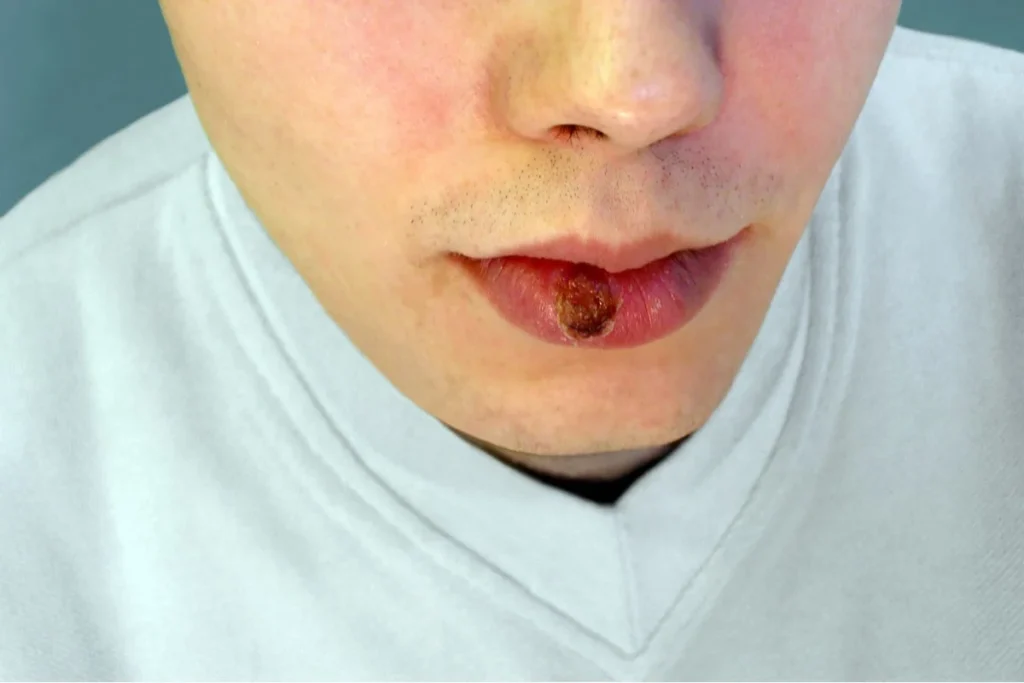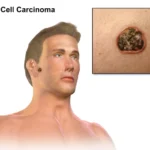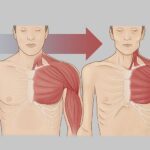Bejel, a rare infectious disease caused by the bacterium Treponema pallidum subspecies endemicum, is often overlooked in medical literature due to its rarity. This chronic condition, primarily affecting the skin and mucous membranes, shares some similarities with syphilis but is contracted through non-sexual means. It is most commonly found in regions with poor sanitation and limited access to healthcare, particularly in the Middle East, sub-Saharan Africa, and parts of Asia. In this article, we will delve into the complexities of Bejel, providing an in-depth exploration of its symptoms, diagnosis, and treatment options to help both healthcare professionals and patients better understand this disease.

What is Bejel?
Bejel, also known as endemic syphilis, is a chronic bacterial infection primarily caused by Treponema pallidum subspecies endemicum. Unlike syphilis, which is typically transmitted through sexual contact, Bejel is spread through non-sexual means, such as direct contact with infected lesions or through contaminated food and water. This makes Bejel more common in communities with poor hygiene and crowded living conditions.
The disease typically affects children, although it can also occur in adults. It is characterized by a slow progression and can lead to severe complications if left untreated, including deformities and damage to bones and other tissues.
Symptoms of Bejel
The symptoms of Bejel can vary depending on the stage of the disease. Like syphilis, Bejel progresses through three stages: primary, secondary, and tertiary. However, the manifestations of each stage may be slightly different.
Primary Stage
During the primary stage of Bejel, a person typically develops a small, painless ulcer or sore (also known as a chancre) at the site of infection. This lesion usually appears on the skin or mucous membranes, such as the mouth or genitals. The chancre is highly contagious and can be spread through direct contact with the sore.
Secondary Stage
The secondary stage of Bejel is marked by more widespread symptoms, including:
- Rashes: A characteristic rash may appear, often affecting the palms of the hands, soles of the feet, and other areas of the body.
- Mucosal Lesions: Ulcers or lesions may develop on the mucous membranes of the mouth, throat, or genital area.
- Fever: Patients may experience fever, malaise, and swollen lymph nodes.
- Hair Loss: A condition known as “moth-eaten alopecia” can cause hair to fall out in patches.
Tertiary Stage
If left untreated, Bejel can progress to the tertiary stage, where more severe complications occur. These complications can include:
- Bone Deformities: The infection can lead to bone and joint problems, particularly affecting the long bones in the arms and legs. This can cause pain, deformities, and mobility issues.
- Cardiovascular Damage: In rare cases, Bejel can cause damage to the heart and blood vessels, leading to cardiovascular issues.
- Nervous System Involvement: Neurological complications may arise, including meningitis or paralysis, though these are uncommon.
Diagnosing Bejel
Diagnosing Bejel can be challenging due to the similarities in symptoms with other diseases, such as syphilis or leprosy. However, several diagnostic methods can help confirm the presence of Treponema pallidum subspecies endemicum.
Serological Testing
The most reliable diagnostic tool for Bejel is serological testing. Blood tests can detect antibodies against Treponema pallidum subspecies endemicum, which indicate exposure to the bacteria. These tests include:
- Rapid Plasma Reagin (RPR) Test: A non-specific test used to detect antibodies associated with Treponema pallidum. It is often used as a screening tool.
- Treponemal Antibody Tests: These tests specifically detect antibodies directed against Treponema pallidum and are used to confirm the diagnosis.
Microscopic Examination
In some cases, a sample from a lesion or ulcer may be taken and examined under a microscope to identify the bacteria directly. This is often done in conjunction with serological tests for a more accurate diagnosis.
Treatment of Bejel
Bejel is treatable with antibiotics, and early intervention can prevent the progression of the disease and its complications. The most common treatment for Bejel is penicillin, which is highly effective against Treponema pallidum.
Antibiotic Therapy
- Penicillin: The first-line treatment for Bejel is penicillin, usually administered through an injection. In some cases, oral antibiotics may be prescribed.
- Alternative Antibiotics: For patients allergic to penicillin, alternative antibiotics such as tetracycline or doxycycline may be used. These drugs are also effective against Treponema pallidum.
Treatment typically lasts for several weeks, depending on the severity of the disease, and patients are monitored closely for any signs of complications.
Managing Complications
For patients who have developed complications such as bone deformities or cardiovascular issues, additional treatments may be necessary to manage these conditions. Surgical interventions may be required in cases of severe bone damage, and supportive care may be necessary for patients with neurological or cardiovascular complications.
Prevention of Bejel
Preventing Bejel largely relies on improving sanitation, hygiene practices, and access to healthcare. In areas where Bejel is endemic, public health measures such as:
- Improved Access to Clean Water: Ensuring access to clean water and proper sanitation facilities can reduce the risk of transmission.
- Health Education: Educating communities about the importance of hygiene and the risks of sharing food or utensils with infected individuals can help prevent the spread of Bejel.
- Early Diagnosis and Treatment: Prompt diagnosis and treatment of infected individuals can help prevent the spread of the disease.

